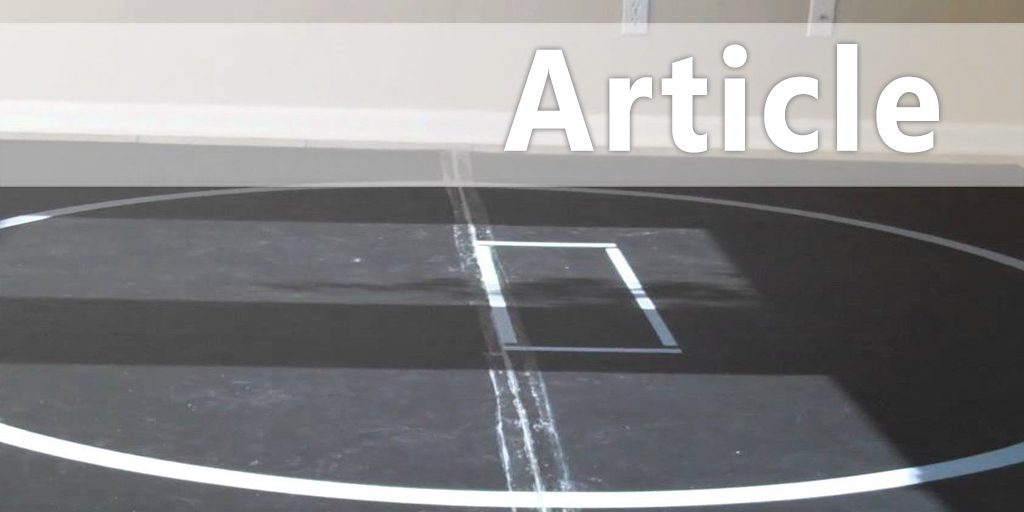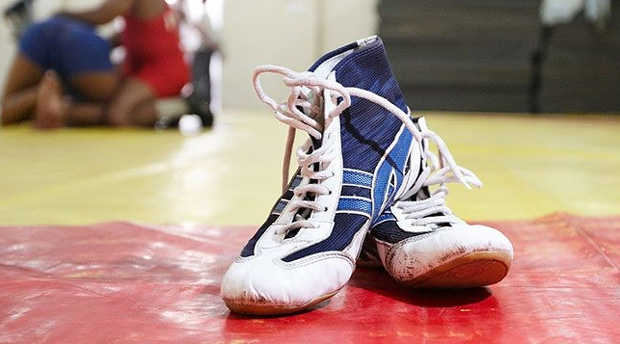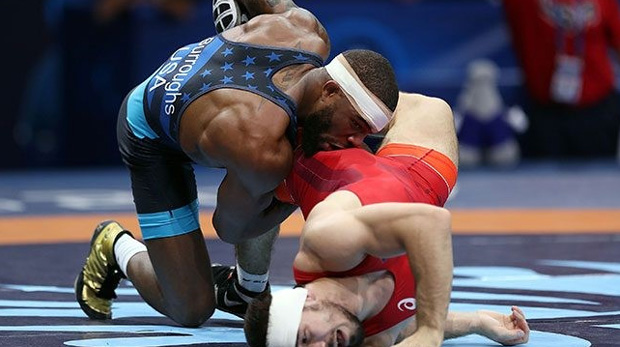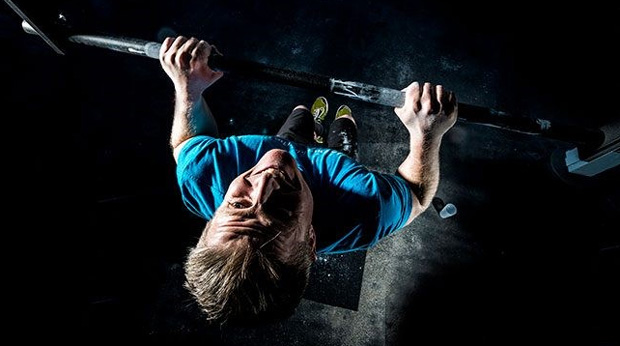| The Do's and Don'ts of Wrestling Conditioning Workouts |
| By: Nic Shea
Provided by: STACK
Yes, running a wrestling team miles upon miles is easy to do. Yes, you can improve the aerobic endurance of every athlete (who did not run cross country). Yes, Rocky Balboa and Lowden Swain both played music and ran to lose weight and get in shape. But are these things optimal for winning wrestling matches? The short answer is "No." The main reason long distance running can be counter-productive is the SAID principle, Specific Adaptation to Implied Demands. Simply put, "if you want to be fast train fast."
It's hard to argue wrestling isn't becoming more athletic. Styles are shifting from the Iowa hand fighting, wear-and-tear style toward a quicker dynamic style epitomized by Jordan Burroughs. Burroughs is certainly an outlier; however, adjusting training toward a dynamic style may leave football coaches less apprehensive to allow the linemen to serve the upper weight classes on a wrestling team and excite potential wrestlers to become faster and more explosive athletes. Unfortunately, constantly running long distance can decrease strength and will absolutely halt improvements in explosiveness. There are two main reasons for this: 1. Long distance running will train the neuromuscular system to use the fast-twitch muscle fibers in a slow manner (Newton, 1994). 2. A molecular biology signal that blocks the strength and explosiveness recovery pathway (Barr, 2006). Track coaches are quick to acknowledge these principles. In 1984 Charlie Francis formed one of the most historic Olympic sprint teams ever. Assembling a team of African-Canadian sprinters was an equivalent task to qualifying the Jamaican bobsled team - let alone Francis won eight medals including three golds in the 1984 Olympics (although later taken back for PEDs). In the?Charlie Francis Training System (1992) he stated the aerobic training work needed to be limited; while power and explosive work should be completed in order keep a preferential shift towards type II muscle fibers (Francis, 1992). Francis even recalled stories of gold medalist Ben Johnson hiding under the bleachers to avoid long-distance runs. Understand, I am not advocating for the complete removal of long distance running. Training from September-November can be very grueling for college wrestlers. In order to increase training and recovery capacity, long distance endurance work would be best programmed during August. So then what is the best way to train wrestling conditioning?
The short answer: Anaerobic endurance or speed endurance Anaerobic endurance refers to the body's ability to resist fatigue at very high intensities. Anaerobic endurance is taxed during scrambles/surges that take place during a match. These surges of intensity increase acidity of muscles and blood which become very painful. If you train anaerobic endurance you can tolerate higher levels of acidity and perform faster work during high levels of acidity. Without training for anaerobic endurance wrestlers would fade during battles for takedowns and escapes. In addition to improved conditioning, anaerobic endurance allows the fast-twitch fibers to contract fast during fatigue and trains slow-twitch fibers to be faster than long distance running. So how do you train anaerobic endurance? Do what the 400-meter sprint coach does. Unfortunately, when talking to wrestling coaches many mistake anaerobic training for muscle endurance training. Muscle endurance is the ability of muscles to sustain a moderate load for a prolonged time (Friel, 2009). Training for muscle endurance involves time intervals ranging from 6-60 minutes of constant work, whereas anaerobic endurance should aim for 6-90 second intervals. Furthermore, when using sprints as a wrestling conditioning tool make sure the wrestlers are sprinting like their life depends on it. Training anaerobic endurance can be broken down more specifically (Bompa, 2008). 1. Short anaerobic power: 3-10-second reps: 15 sec-4 minute rest intervals result in only partial removal of lactic acid from bloodstream. After adaptation to short lactic power conditioning, a wrestler can tolerate increased amounts of acidity while producing higher levels of power under extreme fatigue. Schedule short lactic power sessions near the start and during wrestling season. 2. Long anaerobic power: 10-20-second reps at near 99 percent maximum intensity: 12-20-minute rest intervals. Note, this form of training is one of the highest possible stressors of training. Injury risk is high if recovery is not emphasized. Best programmed during September/October. 3. Anaerobic capacity: 90 percent intensity reps of 20-60 seconds. Moderate rest is needed with rest intervals 4-8 minutes depending on rep duration and total volume. These can be used throughout pre-season and in-season. No matter which method of lactic training, it should not be used more than two times per week, due to high levels of fatigue. |




 Jordan Burroughs
Jordan Burroughs



